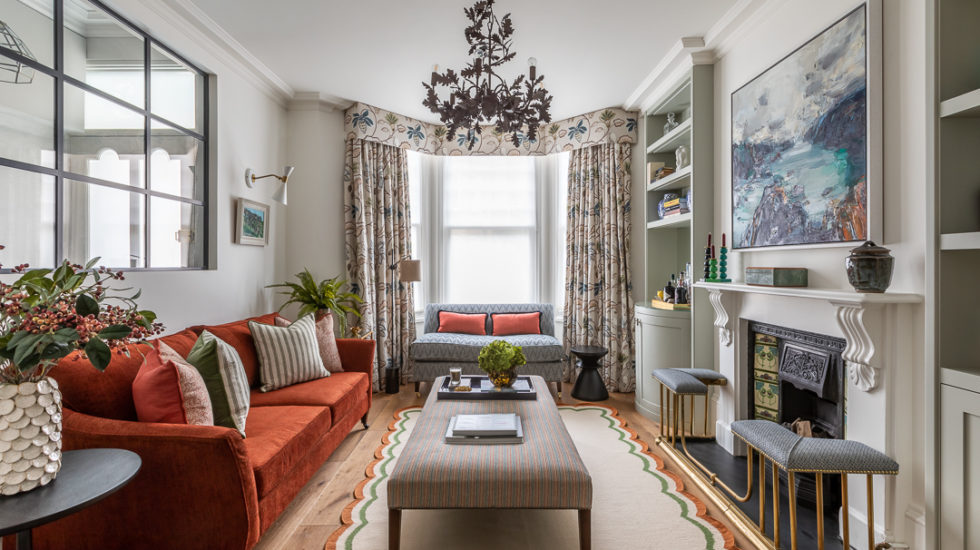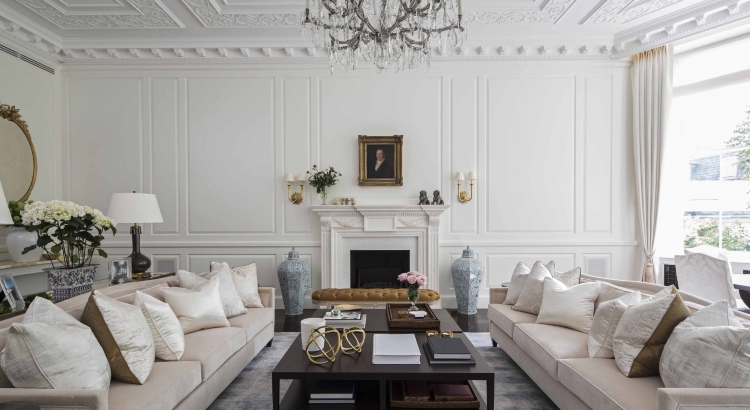By marrying craftmanship with high-quality materials and design innovation, British designers have ensured homeowners are able to strike a beautiful balance between their buildings and their interiors. Interior designfirms London are especially adept at layering eclectic ideas, patterns, colors, and visual focal points to create depth, all the while balancing each room’s proportion. Some designers, especially those working in the home market, are concerned only with the look, not the structure, of an interior. Interior designers generally will develop a personal style through which they look at and consider a spaces design.
Interior and spatial designers are involved with designing or renovating internal spaces, including structural changes, furnishings, fixtures and fittings, lighting, and color schemes. The work combines effective, functional use of spaces with an appreciation for aesthetics. An interior designer will plan and build living and working spaces, and a variety of other architectural designs.
If you enter the interior design field, you will work with architects, construction contractors, craftsmen, decorators, and retailers, improving existing interiors and designing new spaces. Meanwhile, anyone can be an Interior Decorator, regardless of the education or training you have. You usually need to hold a related bachelors, foundations degree, or a HND to be a professional decorator.
Many degree programmers will also offer different specialisations, allowing you to sharpen your skills in one particular field, for example, designing bathrooms or sustainable materials. Specialized courses may enable you to transition to interior/spatial design from another field of arts and design.
For instance, if you are looking to become more of a decorator or a stylist, a styling course would be a better fit than one which goes in-depth on the use of CADD and detailed lighting design. Most interior design programs teach you different skills needed for spaces beyond just homes, including office spaces, retail, and larger buildings. A great interior designer London will develop an exceptional understanding of the diverse range of styles, aesthetics, and techniques.

Interior designers are wide-ranging in their scope, working on architectural elements–studying plans and schematics–as well as planning color schemes, developing lighting plans, and selecting furnishings and soft furnishings. Designers consider a client taste, budget, as well as the space itself, in order to develop a look to suit a client’s needs.
Light, space, and volume are all key elements British homeowners wish to have in their homes, and proportion, balance, and style add cohesiveness to every form of the interior. While you might not necessarily spot these smaller features, they can trace back to traditional Indian furnishings, and you will see them scattered throughout British interior design, both in homes and commercial spaces. The classic English style in interior design is represented by Victorian-style furniture.
Interiors of English styles feature a soft, diffused lighting, instead of having one primary source of light, such as a lamp in the ceiling. It is recommended to recreate English style in apartment interiors using a couple of upholstered chairs, a low desk, and floor lamps. To bring English style into the bedroom interior design, one cannot fail to use an impressive bed.
The British-styled home interior should incorporate this piece of furniture.
English-styled interiors is the umbrella term for the different trends in design and architecture developed in the United Kingdom between the medieval period and the modern period.
Indian-style interior design is one of the most exotic and interesting, though complicated, styles of decoration we are familiar with in Britain today, and because of its vast cultural differences, we cannot help being charmed. British style is loved for its stark elegance, classical opulence, quality materials, presence of lots of decorative elements, and lack of overly cheesy accents. This is apparent in British peoples love for the British tradition and classical history that is seen on fabrics and in interior designs, for example, in London’s famous patterns and Union Jack flags. The UKs often imaginative and detailed style is balanced by our love for practical, simple Scandinavian designs.
British designers have been incorporating Scandinavian styles for some time and have had an important impact on British design. Many contemporary designs are today influenced by original American styles, with a few noteworthy aspects being an embrace of a vibrant color scheme, few but bold statement pieces, and a minimalist approach. From popular styles like contemporary, minimal, and Scandinavian, to the more niche industrial, bohemian, and shabby chic; there is plenty to explore, and leading designers often will find fresh and interesting ways of seamlessly fusing individual elements of some of these styles into their designs. Much of the Japanese home styles themselves influenced the British design industry, partly because of their unique approach to aesthetics.
Functionality might not be the most attractive term for the creatively minded designer, but there is no successful interior designer out there that does not completely recognize the need to adopt this term in all their decisions regarding their spaces.
You may have a specific personal preference, or a signature style that you try to include in all of your designs, but each space that you work on is a blank canvas, and it should never be filled in with carbon copies of your past work.
You learn to take things into consideration, such as the traffic flow, lighting design, acoustics, as well as the social and psychological needs of the given space and its inhabitants.
